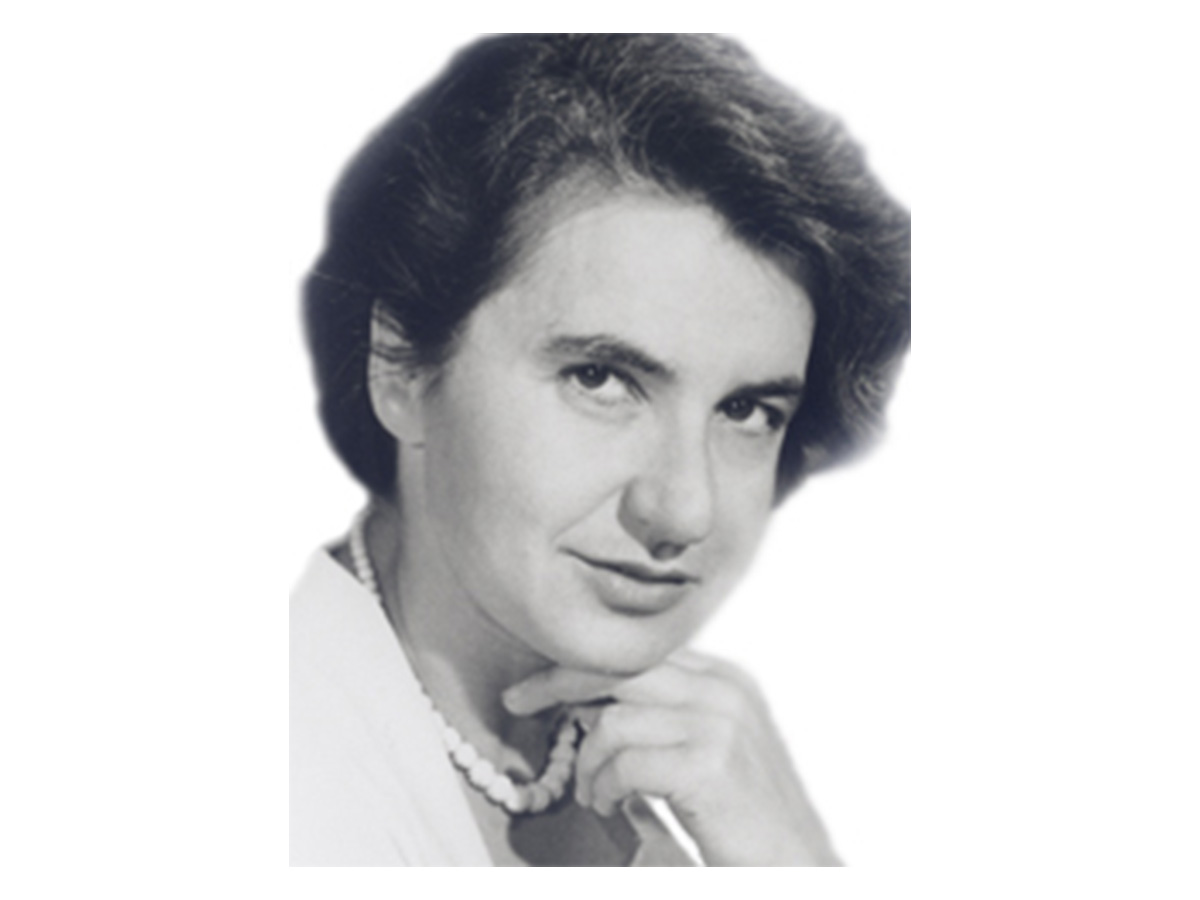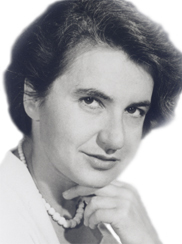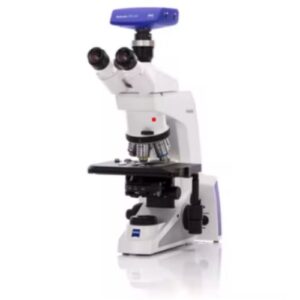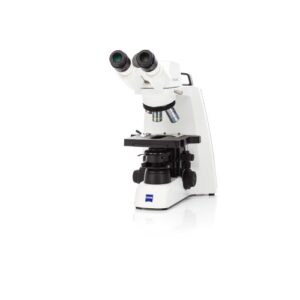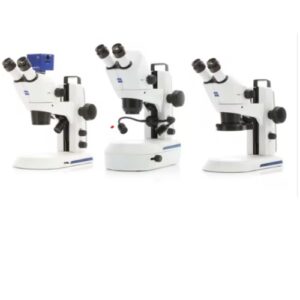Source: Brittanica
James Watson and Francis Crick are names you undoubtedly know from your high school biology class. They are often credited with one of the biggest discoveries in the world of microscopy: the double-helix structure of DNA. But there’s one name that deserves more than a fair share of credit for this discovery: Rosalind Franklin. Franklin was a brilliant young scientist, but she did not receive the attention she deserved for her work on DNA.
Early Life
Rosalind Franklin was born on July 25th. 1920 in London. She came from a wealthy family who encouraged her higher education. At age 18, she enrolled in Newnham Women’s College at Cambridge University, where she studied physics and chemistry. After graduating from Cambridge, she went to work for the British Coal Utilization Research Association and produced her dissertation on coal porosity. In 1946, at only 26 years old, Franklin moved to Paris and studied and perfected X-Ray crystallography. She returned four years later to London to accept a job at King’s College. There she was assigned to work with Maurice Wilkins, a scientist from New Zealand and friend of Watson and Crick.
Research at King’s College
King’s College was the setting for Franklin’s ground breaking research. She applied her perfected X-ray diffraction methods to the study of DNA, which at the time was a scientific breakthrough as very little was known about the chemical structure of DNA. She discovered the density of DNA and more importantly its helical structure.
However, throughout her time at King’s College, her relationship with her coworker, Wilkins, was declining. The two often preferred to work alone, which was no bother to Franklin, but this isolation led Wilkins to seek support with Watson and Crick in Cambridge. As Wilkins began working with Watson and Crick, they got hold of Franklin’s unpublished work, including her first (very clear) photo of the structure of DNA.
The Publication
Franklin’s X-ray diffraction picture was the clearest depiction of DNA’s structure at the time. Unknown to her, Watson and Crick used her unpublished research as the basis of their own claims but did not acknowledge Franklin’s contributions. The very discovery that Watson and Crick are often credited for had no initial traces of credit given to Franklin.
Later Life
In 1953, Franklin moved to Birkbeck College in London. She worked in the Crystallography Laboratory researching the molecular structure of the tobacco mosaic virus. She also produced work on RNA. However, at the peak of her career, she died of ovarian cancer at age 37. Franklin’s contributions to science went unacknowledged for years. But after her death, even Crick said that her contributions had been critical. Rosalind Franklin is becoming more of a household name as we learn more about her life and the journey behind her research. Her contributions to the fields of microscopy, biology, and chemistry were revolutionary and serve as inspiration for many up-and-coming scientists today!

